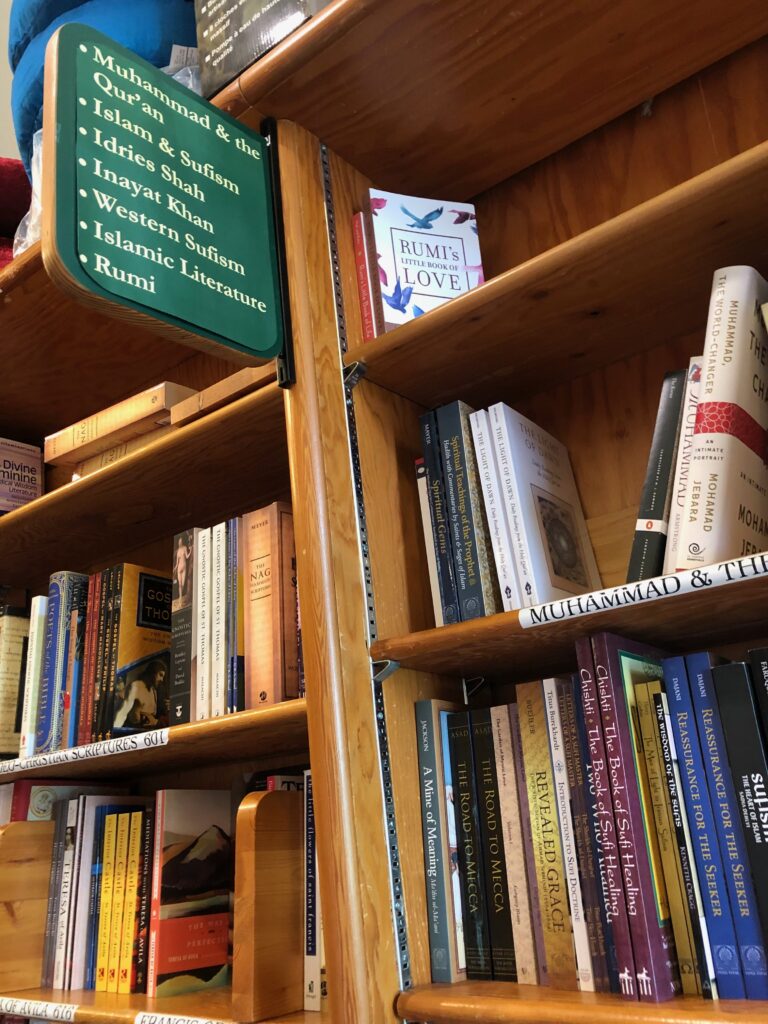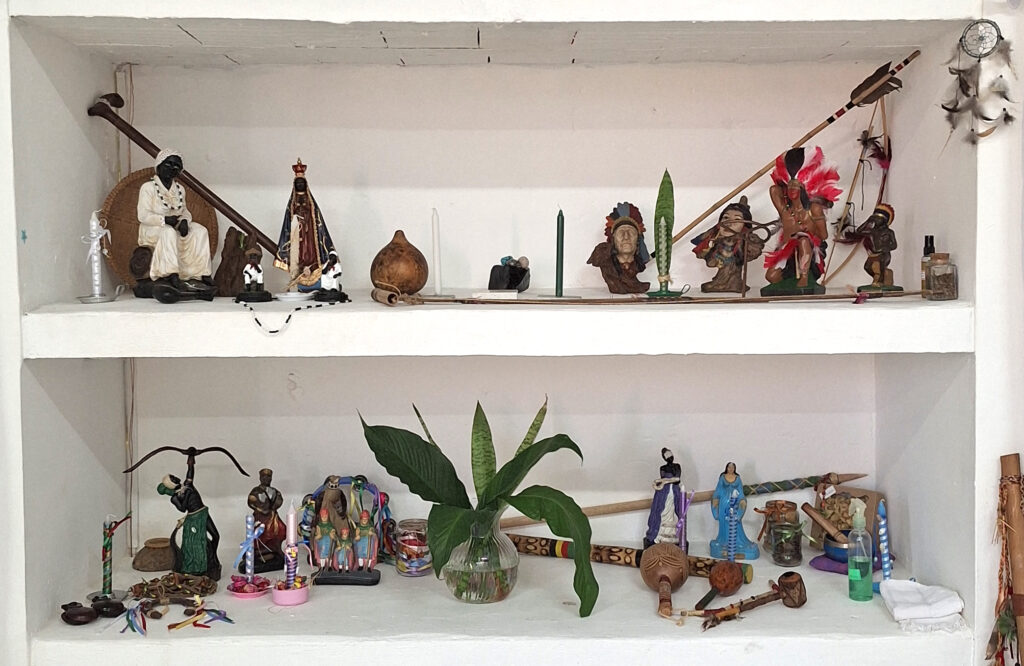by Dendup Chophel
As an anthropologist studying my own country while being situated, enriched, and limited by the structures and discourses of Western academia in various countries around the world, I have always wondered if it is possible to bridge the increasing polarisation in the world. From growing economic inequality to religious fundamentalism and fractious global politics, the world seems irreconcilably divided.
Western political discourse often professes its supposedly superior ideals of democracy, tolerance, and diversity, and its academic paradigms reflect this discourse by often implying the exclusivity of these ideals to the West. Indeed, this seemed to be the case when I observed some zealous Buddhist clerics actively suppressing indigenous shamanistic rituals in cohoots with local elites in a Bhutanese village where I conducted fieldwork in 2018.
A multiplicity of autochthonous practices performed by various specialists called phajo, jomo, powo, nejom, etc., continue to survive in rural Western Bhutan despite polemical religious discourses and interventions against them. Although there is no unitary label for these practices, scholars have attempted to find underlying principles and characteristics to classify them. The term ‘Bon’ has been used liberally even though the existence of an institutionalised Tibetan religion with the same name has problematised its simplistic application.
These scholars agree that the core principle of these practices is oriented towards the fulfillment of this-worldly, immanent, and pragmatic goals, such as replenishing wealth. In contrast, Buddhist orientation is other-worldly, transcendent, and soteriological.
The survival of these animistic and nature-based practices, which originated in an agrarian ecosystem, is challenged not only by religious orthodoxy but also by rapidly changing socioeconomic structures. As they lose traction in the rapidly urbanising society, their survival is inevitably threatened.
In 2023, I visited my home village of Chungsekha after many years of absence. I realised that righteous and expeditious coexistence idealised in the West existed in my own community. Physical alienation from my community has enabled me to see its social and ritual practices in a new light, and I realised my own people have long embodied these ideals.

A peysho ritual in progress
I have had the opportunity to see how creative and accommodating the marginal indigenous ritual practitioners and dominant Buddhist figures can be in bridging seemingly divergent and conflicting religious orientations. My increasing cosmopolitanism and broadened perspective were made possible by the privilege of travelling widely. But what has enabled my people in Chungsekha to tolerate religious plurality and celebrate it by creatively making pluralism part of their ritual and social fabric?
The answer lies primarily in their pragmatic orientation, as they strategically embrace different worldviews and orientations to meet their diverse and ever-changing needs, but also in the power of their imagination. One ritual, called peysho, particularly embodies the pervasive pluralistic orientation in Chungsekha. The ritual is indeterminate. It uses fluid, generative, and improvised elements as opposed to formulaic ritual structures. This divination ritual is conducted publicly every three years during the loju festival (see Chophel, 2011). It becomes a social space in which a variety of ontologically distinct spirits negotiate their position with the human inhabitants of the village through the body of the medium called nejom.

Mona: Tithing and propitiatory offerings
During the ritual, Chungdue, the nejom’s primary deity possesses her. It grants prognosis on current or impending conditions to members of the public who participate in the ritual by bearing offerings of unhusked rice, incense, and money, collectively known as mona. This divination is generally authoritative in nature, and extractive. It warns people of impending calamities, and often cites transgression or failure to uphold ethical standards as the cause of unfavourable circumstances.
The nejom’s possession by recently deceased relatives is the most excitable part of the ritual for participants. This random and unexplained possession occurs when the living relatives were unable or unwilling to adequately care for deceased people in their lifetime or afterlife. Robert Desjarlais (2023), who works at the intersection of Buddhist and shamanistic orientations, has stated that the consciousness of deceased Buddhist persons needs to be transmuted and transferred through what he calls ‘ritual poiesis’ in order to creatively transform the consciousness from a supposedly lower to a more ideal level.
Using the concept of ‘poiesis,’ or the creative means of co-creation and co-existence, Desjarlais has demonstrated the generative ways to achieve a desired outcome in pluralistic Himalayan societies. This often means using non-Buddhist ritual means to reinforce Buddhist paradigms of living and dying.
Scholars have noted how the Buddhist soteriological paradigm explains and influences shamanistic spirit possession, and how Buddhist soteriological principles are also used as tools that provide a foundation for spirit possession to manifest and continue. The creativity and dynamism of a pluralistic people in Chungsekha is thus evident in the fluid exchange of ritual forms and contents between Buddhist and shamanistic ritualists.
A creative approach to an ethics of care, both everyday and ritual care, means that even though life and the afterlife are conceptualised within Buddhist orientations, the means of administering multiple forms of care may incorporate non-Buddhist forms of action. This ethics and duty of care is paramount in a Buddhist community, and how faithfully it is administered is witnessed by both the living and the dead, who can voice their displeasure through the mediums. In this way, fundamental social values are reinforced in a process that ensures the coexistence of different life orientations.
References
Chophel, Dendup. 2011. “Invoking a Warrior Deity: A Preliminary Study of Lo-ju”. Journal of Bhutan Studies, 25 (Winter): 82-120. https://www.bhutanstudies.org.bt/publicationFiles/JBS/JBS_Vol25/25-4.pdf
Desjarlais, Robert. 2023. “Anthropology in a Mode of Dying”. In João Biehl and Vincanne Adams (eds.) Arc of Interference: Medical Anthropology for Worlds on Edge. Durham, NC: Duke University Press. pp. 239-256.
___
#
Dendup Chophel is a 2023 Early Career Research Fellow, The Robert H. N. Ho Family Foundation Program in Buddhist Studies of the American Council of Learned Socities. He was a Research Fellow at the CAS-E from November 2022 to June 2023.
___
CAS-E blogs may be reprinted with the following acknowledgement: “This article was published by CAS-E on July 19th, 2023.”
The views and opinions expressed in blog posts and comments made in response to the blog posts are those of the author(s) and do not necessarily reflect the views and opinions of CAS-E, its founders, its staff, or any agent or institution affiliated with it, nor those of the institution(s) with which the author is affiliated.
___
Image credits: © Dawa Dukpa








